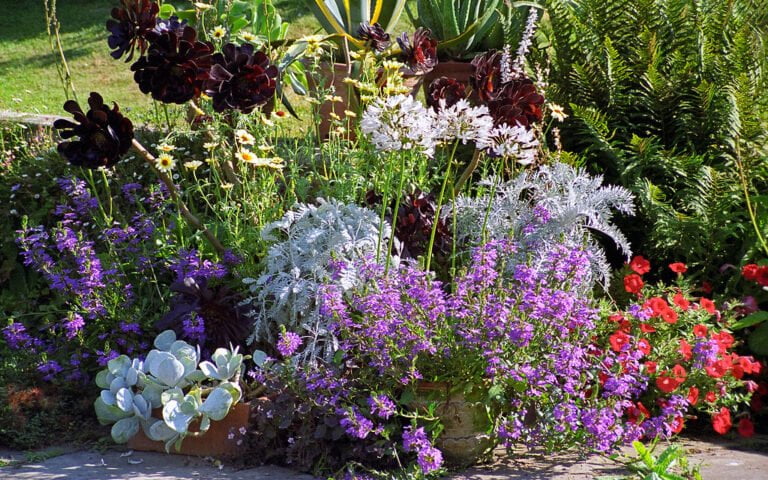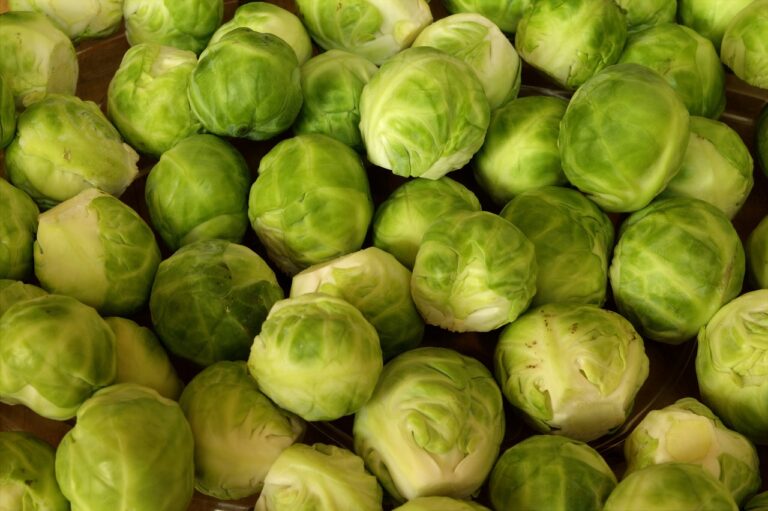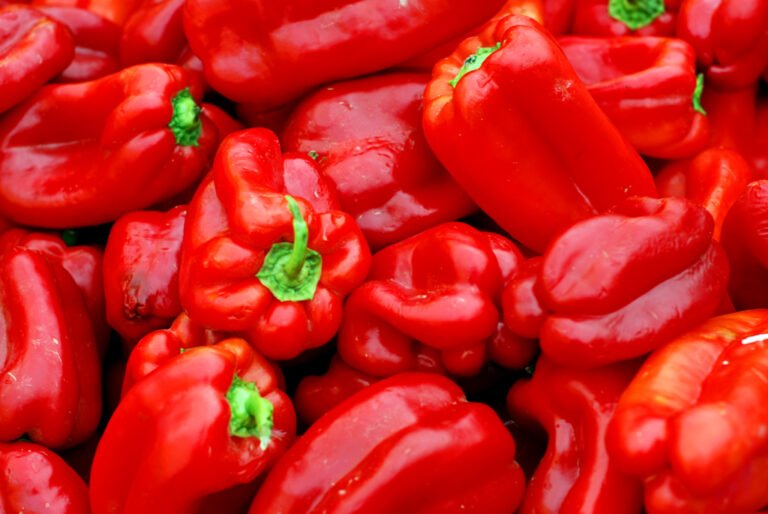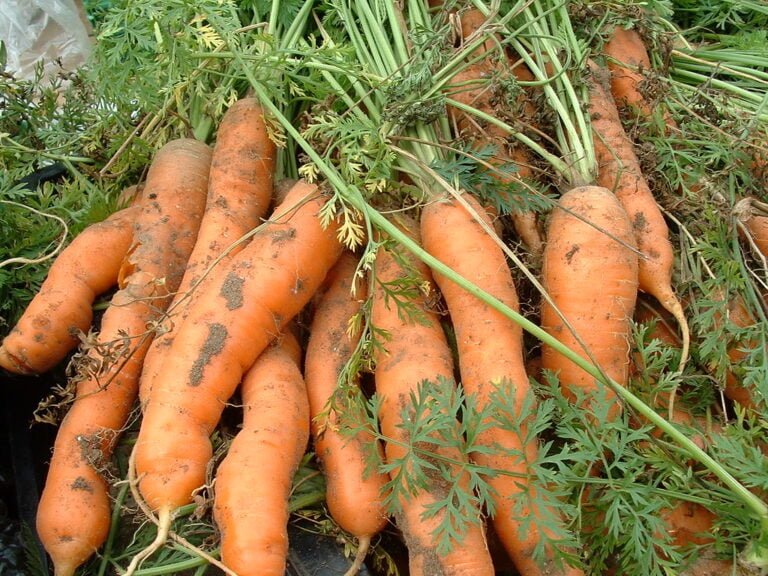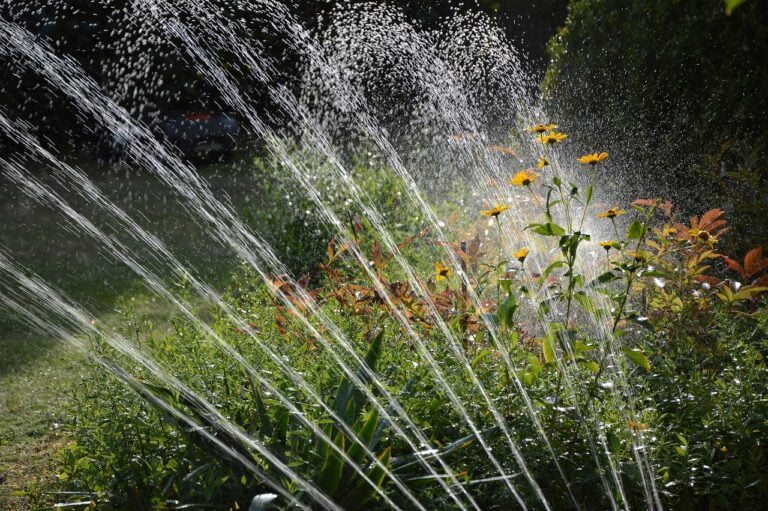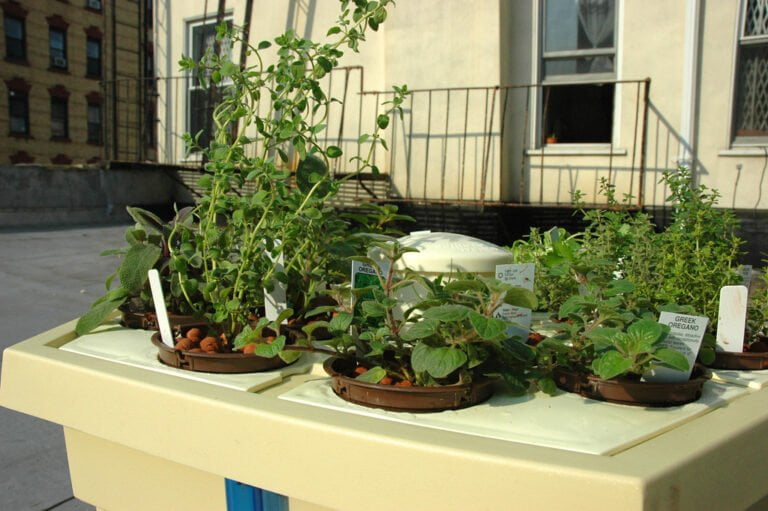Guide to Planting Jalapeno Seeds
Are you eager to start growing your own spicy jalapeno peppers? Look no further! This guide will show you step-by-step how to successfully plant jalapeno seeds and nurture them into healthy, fruitful plants. From choosing the right seeds to providing proper care and dealing with common issues, you'll have all the information you need to become a jalapeno growing expert. Get ready to enjoy a bountiful harvest of delicious peppers right from your own garden!
Choosing the Right Jalapeno Seeds
Are you wondering how to choose the right jalapeno seeds for your garden? When it comes to selecting jalapeno seeds, there are a few factors to consider. First, decide whether you want to grow mild or hot jalapenos. If you prefer a milder flavor, opt for varieties like Early Jalapeno or Tam Mild. For those seeking a spicier kick, go for seeds labeled as Hot Jalapeno or Mucho Nacho. Additionally, look for seeds that are fresh and of high quality. Check the packaging for the seed's origin and expiration date. It's also a good idea to choose seeds from reputable suppliers to ensure reliability. Lastly, consider the growing conditions in your area and choose seeds that are suitable for your climate. By selecting the right jalapeno seeds, you'll be on your way to a successful and flavorful harvest.
Preparing the Soil for Planting
Now that you have chosen the right jalapeno seeds, it's time to prepare the soil for planting. Preparing the soil is crucial for the healthy growth of your jalapeno plants. Start by clearing the area of any weeds or grass. Loosen the soil with a garden fork or tiller to a depth of about 12 inches, breaking up any clumps. Remove rocks, roots, and debris as you work. Next, amend the soil by adding organic matter such as compost or well-rotted manure. This will improve the soil's fertility and drainage. Spread a layer of the organic matter over the soil and mix it in thoroughly. Finally, rake the soil to create a smooth surface and remove any remaining clumps. Now your soil is ready for planting your jalapeno seeds.
Sowing Jalapeno Seeds Indoors
To sow jalapeno seeds indoors, gather your supplies and follow these simple steps. First, you will need a seed tray or small pots, a seed starting mix, jalapeno seeds, and a spray bottle filled with water. Start by filling the seed tray or pots with the seed starting mix, ensuring that there are drainage holes at the bottom. Moisten the soil with the spray bottle, making it damp but not soaking wet. Next, plant two to three jalapeno seeds in each pot, placing them about a quarter-inch deep. Cover the seeds with a thin layer of the seed starting mix and lightly press it down. Place the pots in a warm location, ideally between 70-80°F, and keep the soil consistently moist. Germination should occur within 7-14 days. Once the seedlings have grown a few inches tall, thin them out, leaving only the strongest plant in each pot.
Transplanting Jalapeno Seedlings Outdoors
When transplanting your jalapeno seedlings outdoors, proper care and preparation are essential for successful growth. Before moving your seedlings outside, make sure to harden them off gradually by exposing them to outdoor conditions for a few hours each day. Choose a sunny spot in your garden that receives at least six hours of sunlight daily. Prepare the soil by adding compost or well-rotted manure to improve drainage and fertility. Dig a hole slightly larger than the root ball and gently place the seedling into the hole. Backfill the hole with soil and lightly press down to remove any air pockets. Water the seedlings thoroughly and provide support, such as stakes or cages, to help them grow upright. Mulching around the plants will help retain moisture and suppress weed growth. Keep an eye on the weather and protect the seedlings from strong winds or late frosts. Regularly water and fertilize your jalapeno plants to ensure healthy growth. With proper care, your jalapeno seedlings will thrive in their new outdoor environment.
Providing Proper Sunlight and Watering
After transplanting your jalapeno seedlings outdoors, it is important to provide them with proper sunlight and watering to ensure their healthy growth. Jalapeno plants thrive in full sunlight, so choose a location that receives at least six hours of direct sunlight per day. Ensure that the soil is well-drained to prevent waterlogging, as excess moisture can lead to root rot. Water your jalapeno plants regularly, aiming to keep the soil consistently moist but not waterlogged. It is best to water deeply and infrequently, allowing the top inch of soil to dry out between waterings. Be cautious not to overwater, as this can lead to fungal diseases. Additionally, consider using a drip irrigation system or a soaker hose to deliver water directly to the base of the plants, minimizing water waste and reducing the risk of leaf diseases. By providing adequate sunlight and proper watering, you will promote healthy growth and a bountiful harvest of jalapeno peppers.
Fertilizing and Mulching Jalapeno Plants
For optimal growth and productivity, you should fertilize and mulch your jalapeno plants. Fertilizing your plants will provide the necessary nutrients for healthy development. Start by choosing a balanced fertilizer with equal amounts of nitrogen, phosphorus, and potassium. Apply the fertilizer to the soil around the base of the plant, avoiding direct contact with the leaves. Follow the instructions on the fertilizer packaging for the correct dosage and frequency of application. Mulching your plants will help conserve moisture, regulate soil temperature, and suppress weeds. Use organic mulch such as straw, wood chips, or compost. Apply a layer of mulch around the base of the plants, making sure not to cover the stems. Replenish the mulch as needed throughout the growing season. By fertilizing and mulching your jalapeno plants, you will ensure they have the best conditions for growth and yield.
Pruning and Supporting Jalapeno Plants
To ensure the optimal growth and productivity of your jalapeno plants, you will need to prune and support them. Pruning is essential for maintaining the health and shape of the plants. Begin by removing any dead or damaged branches, as well as any suckers that may divert energy from the main stem. This will encourage the plant to focus its resources on producing more peppers. Additionally, pruning can help improve air circulation and reduce the risk of disease. Supporting your jalapeno plants is equally important to prevent them from bending or breaking under the weight of the peppers. You can use stakes or cages to provide the necessary support. Gently tie the stems to the support structure using soft twine or plant ties, ensuring not to constrict the growth. By pruning and supporting your jalapeno plants, you will promote healthy growth and increase your harvest.
Dealing With Common Pests and Diseases
To effectively handle common pests and diseases, you need to identify and address them promptly. One common pest that affects jalapeno plants is aphids. These tiny insects suck the sap from the leaves, causing them to curl and turn yellow. To tackle aphids, you can use insecticidal soap or a homemade solution of water and dish soap. Another pest to watch out for is the pepper weevil, which can cause extensive damage to the fruit. If you spot any weevils, remove and destroy the affected fruits to prevent the infestation from spreading. As for diseases, jalapeno plants are susceptible to bacterial leaf spot and powdery mildew. To prevent these diseases, avoid overhead watering and provide good air circulation. In case of an infection, you can use a copper-based fungicide to treat the plants. By being proactive in identifying and addressing common pests and diseases, you can ensure the health and productivity of your jalapeno plants.
Harvesting Jalapeno Peppers at the Right Time
When harvesting jalapeno peppers, timing is crucial to ensure optimal flavor and heat levels. To determine if your jalapenos are ready for picking, look for a few key indicators. First, check the color. Jalapenos start off green and mature into a deep red color. For the best flavor, wait until they have fully ripened and turned red. Next, feel the texture. Ripe jalapenos should be firm and have a slight give when gently squeezed. Avoid picking jalapenos that are still hard or have wrinkled skin. Finally, consider the size. Typically, jalapenos are about 2 to 3 inches long, but this can vary. If you're unsure, it's better to pick them slightly smaller rather than letting them become overripe. By following these guidelines, you can ensure that your jalapenos are harvested at the right time, resulting in delicious, flavorful peppers for your dishes.
Storing and Preserving Jalapeno Peppers
Keep your jalapeno peppers fresh and flavorful by properly storing and preserving them. After harvesting, it's important to handle them with care to maintain their quality for longer periods. First, rinse the peppers under cold water and gently pat them dry with a clean towel. Next, you can choose from several storing methods. One option is to place the peppers in a plastic bag and store them in the refrigerator. Alternatively, you can slice or dice the peppers and freeze them in airtight containers or freezer bags. Another option is to pickle the peppers by combining vinegar, water, salt, and spices, then pouring the mixture over the sliced peppers in sterilized jars. Properly stored jalapeno peppers can last for several weeks in the refrigerator or several months in the freezer or pickled form, allowing you to enjoy their spicy flavor all year round.
Conclusion
In conclusion, planting jalapeno seeds requires careful selection, proper soil preparation, indoor sowing, outdoor transplanting, adequate sunlight and watering, pruning and support, pest and disease management, harvesting at the right time, and proper storage and preservation. By following these steps, you can successfully grow your own jalapeno peppers and enjoy the spicy flavors they add to your meals.

